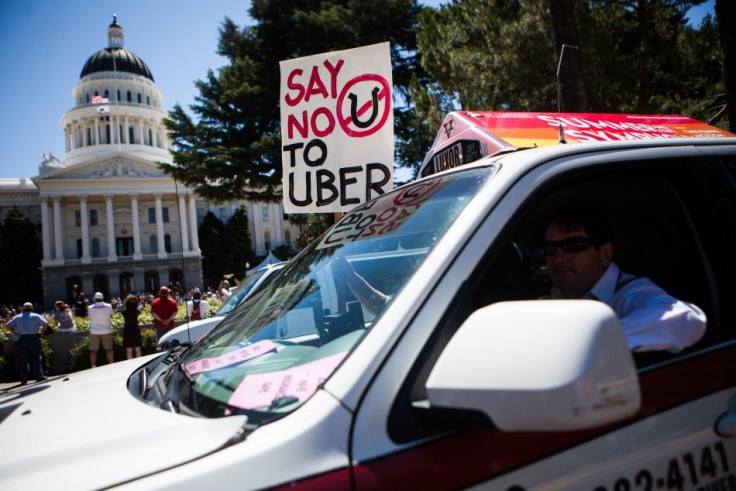New Zealand Facing Spurt in Road Accidents Involving Foreign Drivers: Local Vigilantism Against Drivers Worries Police

New Zealand’s reputation of being an easygoing country is coming under shadow with reported spurt in vigilantism against foreign drivers. A spate of fatal road accidents in recent times seen the involvement of drivers from abroad, with many New Zealanders in South Island taking matters into their hands. Incidents of snatched car keys and tourists getting beaten up were also reported.
Just over a week ago, 26-year-old German tourist Daniel Muller appeared in the Christchurch District Court, facing charges for careless driving and causing the death of a mother-of-two on Feb 23. He was to return to Germany at the end of March. Police charged Muller and another German tourist for driving through a stop sign, before crashing into the woman's vehicle. He will be sentenced soon.
Twin Challenges
Now authorities are grappling with two problems--combating accidents caused by tourists, and calming down the irate New Zealand residents. Road safety campaigner Clive Matthew-Wilson shared some ideas to curb such accidents including traffic vigilantism.
Wilson wants restrictions on visiting drivers for the first 24 hours after they arrive in the country. Another important step he recommends for the government is, introducing a registry of foreign drivers. That would require rental vehicle companies to log details of visiting drivers. If there are concerns about rash driving behavior, police can restrict further use. All drivers, including New Zealanders, who have just returned from holiday, should pass a competency test before getting behind the wheel.
Wilson says it is the most natural way to combat the vigilante actions. In the past few weeks, road deaths involved three American citizens; a Chinese tourist; a Taiwanese tourist and a New Zealand boy. Recently, a French tourist driving on the wrong side of the road and collided with an incoming car. He was ordered by the court to pay $19,000 to the victims before leaving the country. Stephane Yoan Mazerat was sentenced in the Hamilton District Court for the January 5 crash, which also injured his wife, himself and two women in the other car.
The advocacy manager for The Tourism Industry Association of New Zealand tourism operators, Steve Hanrahan, says vigilante action by some New Zealanders is affecting the country's image and cautioned that such violent behaviour is never acceptable. He said mishap figures needed to be put into perspective. There had not been a major surge in the number of traffic accidents involving foreign drivers in the past decade. The latest figures are showing just 2.9 percent of fatal crashes with involvement of tourists.
Mandatory Testing
Wilson also accused the Government of softpedaling the issue of mandatory testing. He said the testing should take place at the rental vehicle company, soon after a visitor's arrival. He expects 20 percent of visitors will fail such a test. But the Tourism Industry Association does not support it. Hanrahan said issues of fatigue and unfamiliarity with the roads were not problems confined to the visitors. The Rental Vehicle Association is also against New Zealanders taking law into their own hands. But they are also against arbitrary curbs to stop people from renting vehicles.
“Taking vigilante action is giving the country a bad image...but it's not as simple as stopping people from renting vehicles, because New Zealand is a signatory to the United Nations convention on traffic,” says the association's president Ian Berrington.
Meanwhile, the Government is mulling new projects within the 400 million New Zealand dollars it is spending to improve road safety. Associate Transport Minister Craig Foss pledged projects to cover the West Coast, while fast-tracking improvements in the regions. These will include 50 kilometers of centre-line rumble strips; 140 kilometers of no-passing markings and 200 kilometers of keep-left arrows to be painted on the highways.
(For feedback/comments, contact the writer at kalyanaussie@gmail.com)





















